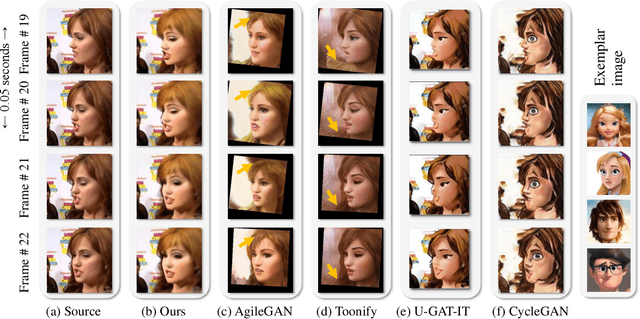Eunji Ko
Protein Representation Learning by Capturing Protein Sequence-Structure-Function Relationship
Apr 29, 2024



Abstract:The goal of protein representation learning is to extract knowledge from protein databases that can be applied to various protein-related downstream tasks. Although protein sequence, structure, and function are the three key modalities for a comprehensive understanding of proteins, existing methods for protein representation learning have utilized only one or two of these modalities due to the difficulty of capturing the asymmetric interrelationships between them. To account for this asymmetry, we introduce our novel asymmetric multi-modal masked autoencoder (AMMA). AMMA adopts (1) a unified multi-modal encoder to integrate all three modalities into a unified representation space and (2) asymmetric decoders to ensure that sequence latent features reflect structural and functional information. The experiments demonstrate that the proposed AMMA is highly effective in learning protein representations that exhibit well-aligned inter-modal relationships, which in turn makes it effective for various downstream protein-related tasks.
Context-Preserving Two-Stage Video Domain Translation for Portrait Stylization
May 30, 2023



Abstract:Portrait stylization, which translates a real human face image into an artistically stylized image, has attracted considerable interest and many prior works have shown impressive quality in recent years. However, despite their remarkable performances in the image-level translation tasks, prior methods show unsatisfactory results when they are applied to the video domain. To address the issue, we propose a novel two-stage video translation framework with an objective function which enforces a model to generate a temporally coherent stylized video while preserving context in the source video. Furthermore, our model runs in real-time with the latency of 0.011 seconds per frame and requires only 5.6M parameters, and thus is widely applicable to practical real-world applications.
 Add to Chrome
Add to Chrome Add to Firefox
Add to Firefox Add to Edge
Add to Edge